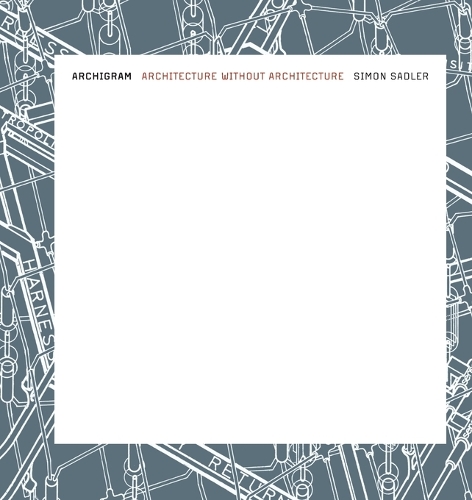
Archigram: Architecture without Architecture
(Paperback)
Publishing Details
Archigram: Architecture without Architecture
By (Author) Simon Sadler
MIT Press Ltd
MIT Press
24th June 2005
United States
Classifications
Professional and Scholarly
Non Fiction
720.94109046
Winner of Shortlisted for the 2008 Bruno Zevi Award presented by International Committee of Architectural Critics (CICA). 2008
Physical Properties
Paperback
252
Width 229mm, Height 229mm, Spine 14mm
907g
Description
In the 1960s, the architects of Britain's Archigram group and Archigram magazine turned away from conventional architecture to propose cities that move and houses worn like suits of clothes. In drawings inspired by pop art and psychedelia, architecture floated away, tethered by wires, gantries, tubes and trucks. In Archigram: Architecture without Architecture, Simon Sadler argues that Archigram's sense of fun takes its place beside the other cultural agitants of the 1960s, originating attitudes and techniques that became standard for architects rethinking social space and building technology. The Archigram style was assembled from the Apollo missions, constructivism, biology, manufacturing, electronics, and popular culture, inspiring an architectural movement - High Tech - and influencing the postmodern and deconstructivist trends of the late twentieth century. Although most Archigram projects were at the limits of possibility and remained unbuilt, the six architects at the centre of the movement, Warren Chalk, Peter Cook, Dennis Crompton, David Greene, Ron Herron, and Michael Webb, became a focal point for the architectural avant-garde, because they redefined the purpose of architecture. Countering the habitual building practice of setting walls and spaces in place, Archigram architects wanted to provide the equipment for amplified living, and they welcomed any cultural rearrangements that would ensue. Archigram: Architecture without Architecture - the first fulllength critical and historical account of the Archigram phenomenon - traces Archigram from its rediscovery of early modernist verve through its courting of students, to its ascent to international notoriety for advocating the "disappearance of architecture."
Reviews
"Until recently, no one knew quite where to plug Archigram into the history of 20th-century architecture. Bursting with radical ideas and paper projects about architectural practice and its constructions, it was safely filed under 'the swinging sixties'. But a reevaluation has been under way over the last ten years, showing Archigram to be still influential (more than ever, actually) and still relevant to thinking about the built environment. First came the exhibitions; now this full-length study by Simon Sadler, another first. *Archigram: Architecture Without Architecture* carefully tells the story of this informal grouping of idealistic young architects, and draws lessons for today. Welcome back to the plug-in city..."--Christopher Frayling, Royal College of Art, London
Author Bio
Simon Sadler, author of The Situationist City (MIT Press, 1998), is Associate Professor of Architectural and Urban History at the University of California, Davis.
